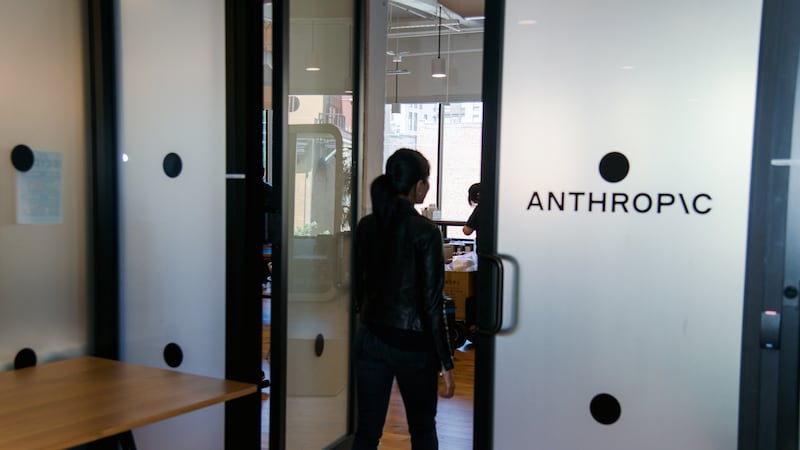Dublin City Council has refused planning permission for an ambitious redevelopment within The Temple Bar pub involving the construction of a new "double height" oyster bar.
Plans had been put in place to transform part of the premises, currently used for functions including bar and retail space, into a lavish new restaurant with an exposed loft at the first-floor level.
The proprietors had previously gained permission to construct the oyster bar element of the new design. However, an attempt to remove the first floor apartment which currently exists at 47 Temple Bar was rebuffed by the council because the new double-space height would “detract from the setting and character” of the adjoining protected structure.
The decision is the latest in a series of setbacks for the pub's owners, who initially instigated redevelopment plans in the summer of 2013. Although a planning appeal has already been lodged with An Bord Pleanála, a final decision isn't expected until April 2015.
Given its prominent position within one of the country’s most celebrated heritage sites, applications concerning The Temple Bar pub have come under particular scrutiny from planning authorities in recent years.
The published case decision also cited concerns over additional downlights over the new restaurant, which would be “injurious to the amenities and character of the streetscape” and would act as a “visually intrusive feature” in the area.
Speaking in the report, conservation officers said allowing a double-space height within that particular type of building “could set an unfortunate precedence”.
The report also recommended that proposed alterations should be sensitive to historical context as the facade is the only remaining element of the original nineteenth century building.
Planning officers also mentioned “concerns in relation to increased noise penetration from the ground floor use to the upper residential units [floors three and four], which have not been addressed via the submitted application”.
Any addition to the bar’s existing functions could represent a lucrative venture for those involved, with recent estimates of turnover created by the wider Temple Bar area thought to be in the region of €1 billion annually.














